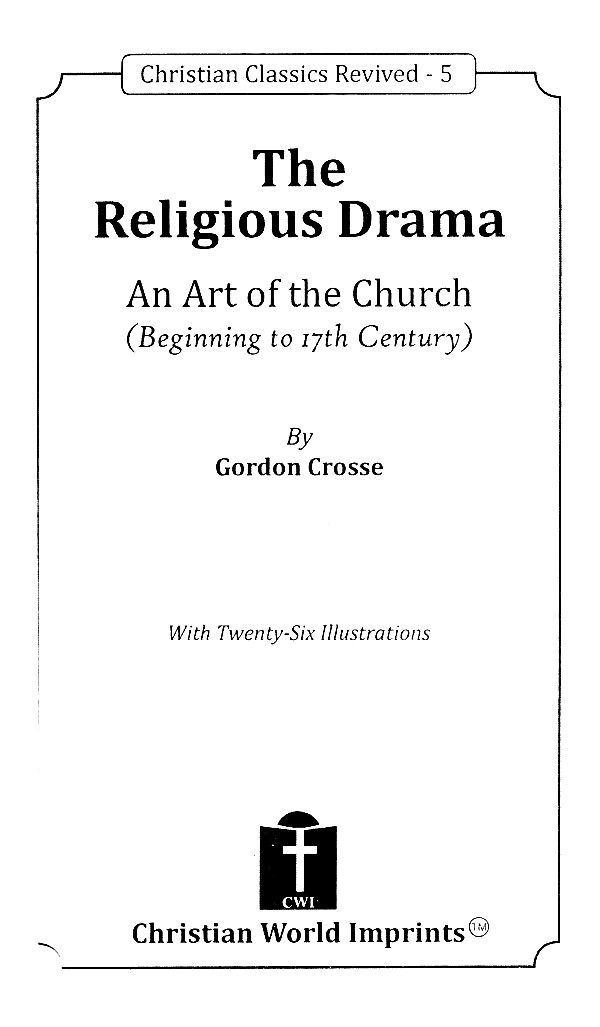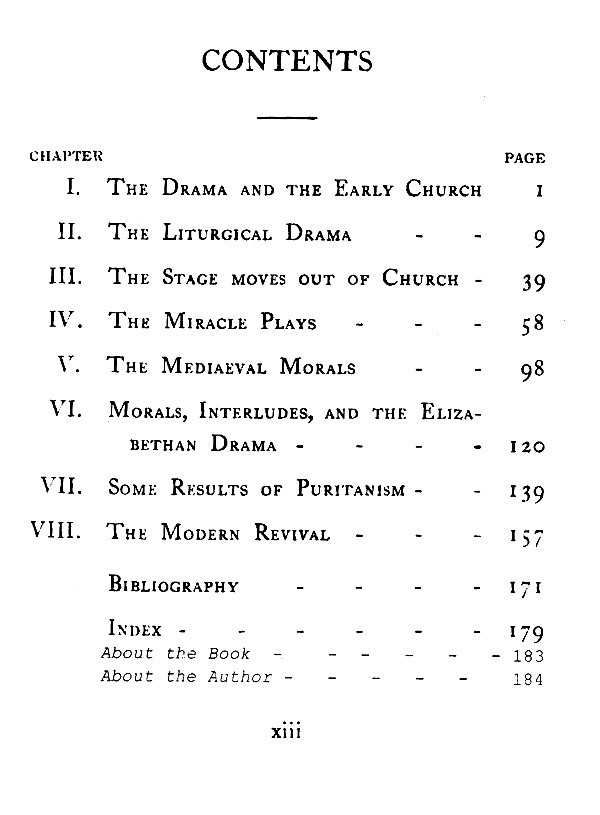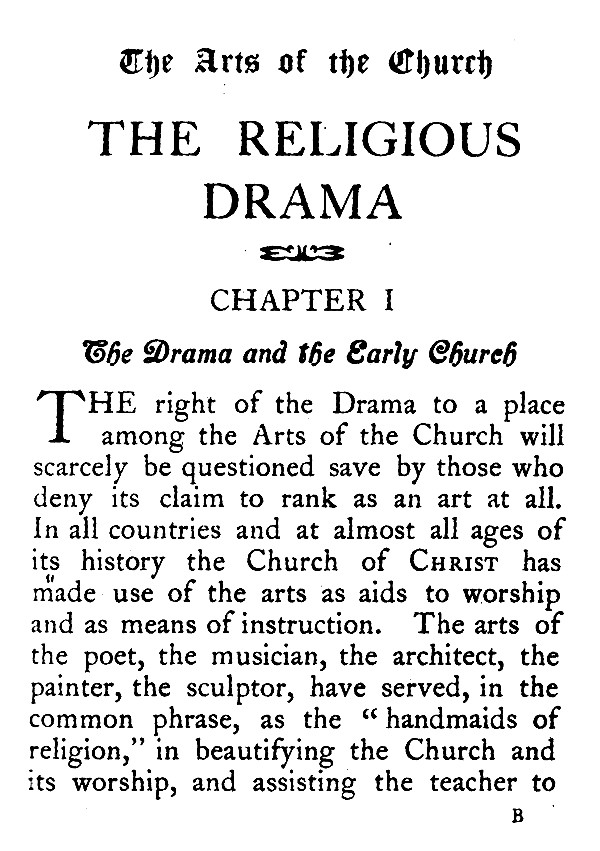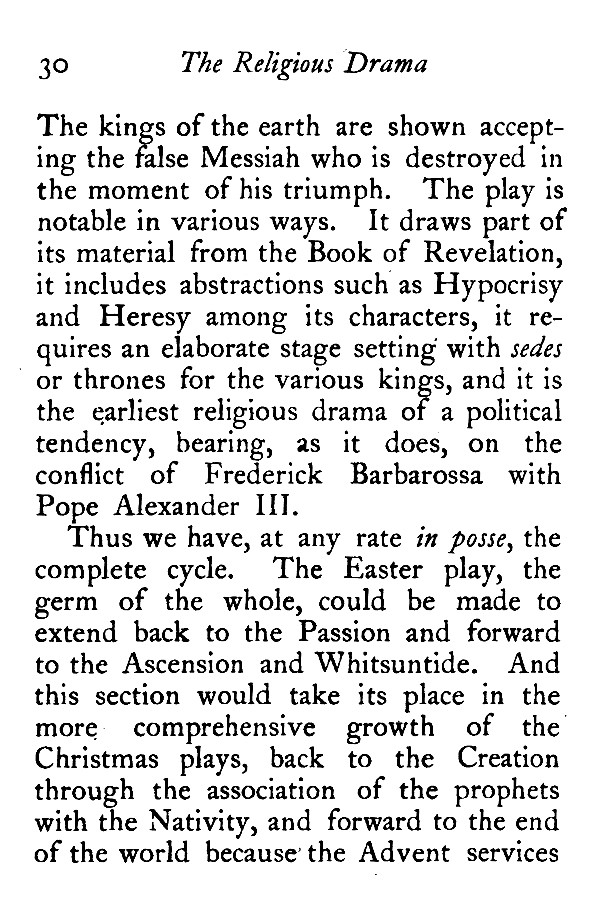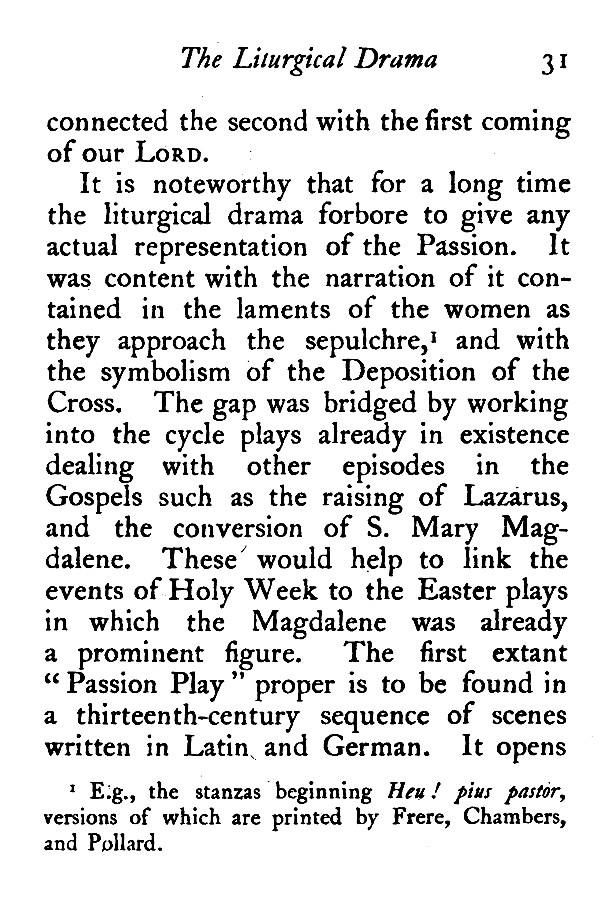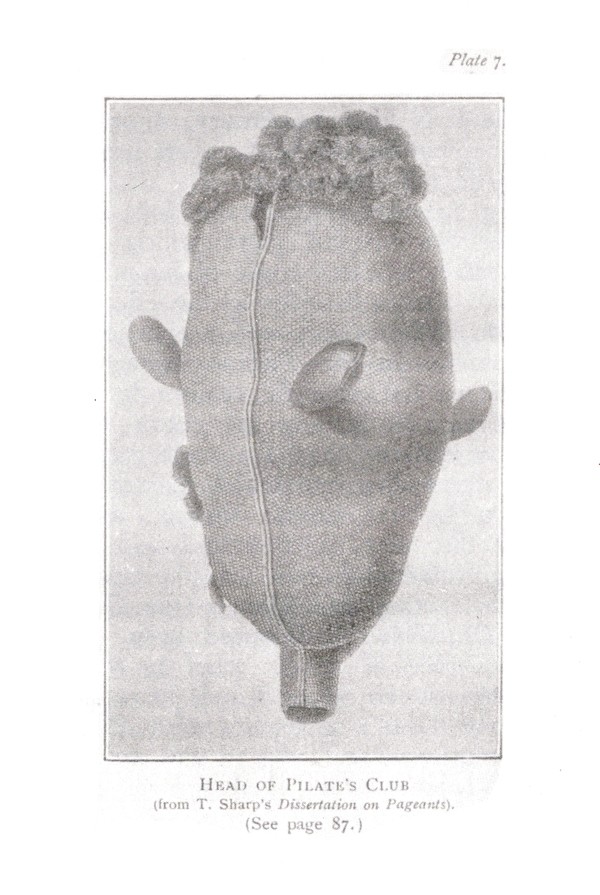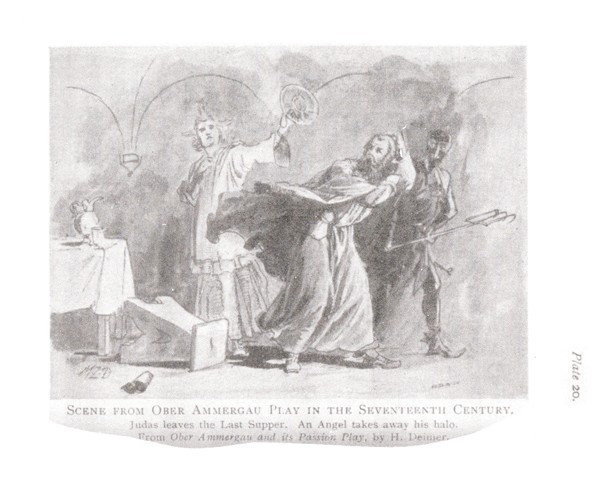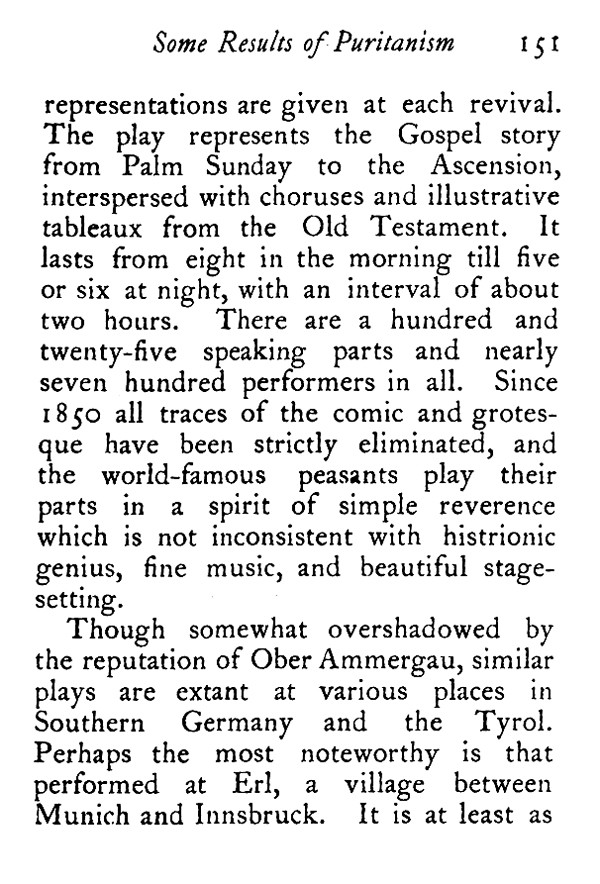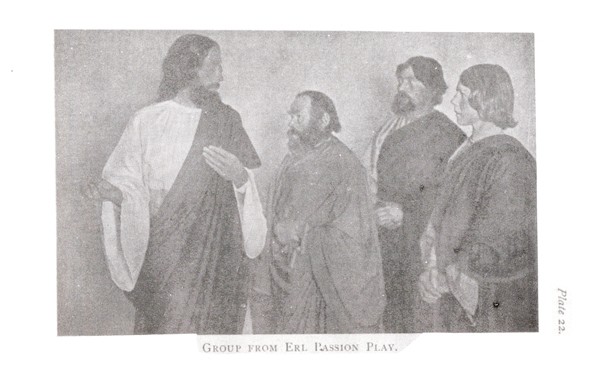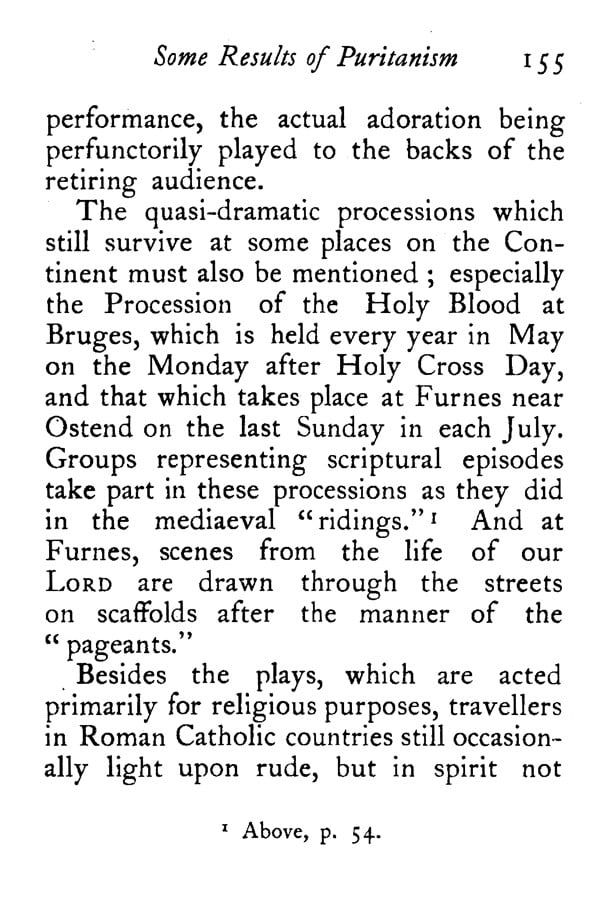
The Religious Drama- An Art of the Church (Beginning to 17th Century)
Book Specification
| Item Code: | UAZ462 |
| Author: | Gordon Crosse |
| Publisher: | Christian World Imprints, Delhi |
| Language: | English |
| Edition: | 2014 |
| ISBN: | 9789351480075 |
| Pages: | 200 |
| Cover: | HARDCOVER |
| Other Details | 9.00 X 6.00 inch |
| Weight | 390 gm |
Book Description
This classical on ageless Christian Drama aims to present periods when actually dramatic performances or 'Religious Drama were used to teach Biblical and Hagiographical subjects to the general public. This short sketch of one of the arts of Christian Church presents Origin, History, and Development on the subject with Illustrations and Bibliography; in chronological order.
Since beginning the significance of some special Christian festivals was shown through these performances. Then came up the Liturgical Drama in the Middle Ages (12th & 13th centuries). During this phase, plays were acted within or near the Church, based on stories from the Bible and of the Saints. The language of the Liturgical Drama was Latin, and the music was also used in the form of incidental dance and processional tunes. Eventually, the plays came under secular sponsorship and began to be presented outside the Church; the local populace became involved across whole of Europe. Plays were then presented by the Christian Communities in the vernaculars, based on stories from the Bible. By the 13th century Miracle Plays, also called as Saints' Plays, came into picture. These plays used to present, a real and fictitious account of the life, miracles, or martyrdom of a Saint. Later, they were banned by Henry VIII in the mid- 16th century.
Morality Plays (15th & 16th centuries) were an allegorical drama, wherein characters personify moral qualities (such as charity or vice) or abstractions (such as death or youth) thereby teaching moral lessons. However, Interludes were referred as dramatic scenes presented usually with music and singing in between of a play when a little fun was required for enlivening the audience after a serious scene.
The phase of Elizabethan Drama (late 15th & 16th centuries) covered the works of Christopher Marlowe and Shakespeare. It was during this time frame that permanent theaters were built.
During the early 17th century Catholic Church splitted up and many new Christian organizations called Protestants were formed. As a result a new Protestant religion called Puritans evolved. The Puritans believed that man must follow the Bible exactly and try to communicate directly with God. In order to communicate with God there had to be no distractions from their religion. Puritans rather continued to immerse themselves in their belief by avoiding any such distractions. This resulted in the end of 'Religious Drama' but the Author hinted at its revival during the years rolled by.
This living book of Biblical record covers subjects like Art, History, Poetry, Anthropology, Dramaturgy. Christianity. and Biographical narratives of various Saints; and is meant for Historians, Artists, Litterateurs, Christian Laity, Church Clergies, Students and Researchers.
Mr. Gordon Crosse of New College, Oxford and Lincoln's Inn, authored, co-authored and edited many books including Shakespearean Playgoing, 1890-1952; A Dictionary of English Church History; and Fifty Years of Shakespearean Playgoing.
HE purpose of this book is to supply short sketch of the story of the drama as an art of the Christian Church from its beginnings to the present day. Portions of this story, notably those which bear on the development of the secular drama, have formed the subject of many learned works. But there does not seem to be any one book which covers the whole ground. Though it is not to be supposed that so small a volume as the present can fill so large a deficiency, it can at any rate attempt to outline the history of the Christian drama as a connected whole, and, in so doing, to vindicate its claim to the designation of a religious art.
A short bibliography has been added, which it is hoped may be of use to those who wish to study the subject more fully. In it will be found the full titles of those works of which, for the sake of space, only the authors' names are given in the footnotes.
I have to thank the Right Rev. Dr. Gore, Lord Bishop of Oxford, and Miss Cowan, of S. John's, Red Lion Square, for their kindness in furnishing me with descriptions of contemporary foreign plays which they have seen; the Rev. C. L. Marson for information about the Ham- bridge Nativity Play, of which he is director; and the Hon. and Rev. Canon J. G. Adderley and the Editor of this series for much kindly interest and assistance.
**Contents and Sample Pages**
